Flow meter problems can disrupt operations and lead to costly mistakes in measurement.
When troubleshooting turbine flow meters, check for physical damage, verify power supply, examine signal output, and inspect for mechanical wear. Common issues include incorrect readings, no output signal, or erratic measurements that require systematic evaluation.
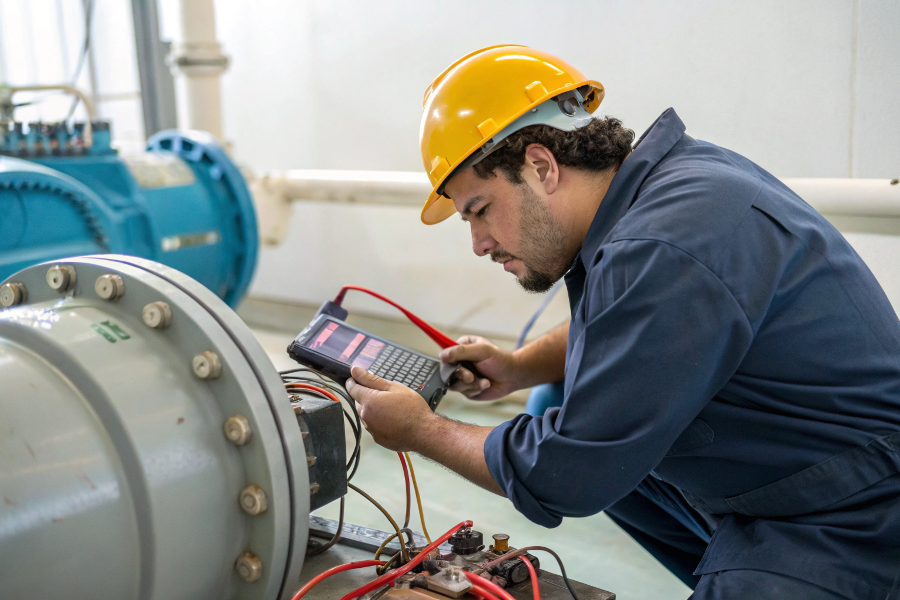
Flow Meter Inspection Process
Let’s explore the key aspects of turbine flow meter maintenance and problem-solving.
How to Tell if a Flow Meter is Bad?
Recognizing failing meters prevents measurement errors.
Signs of a bad flow meter include inconsistent readings, unusual noises, visible damage, or complete signal loss. Compare readings with known flow rates or secondary measurement devices to confirm accuracy. Regular calibration checks help identify deteriorating performance.
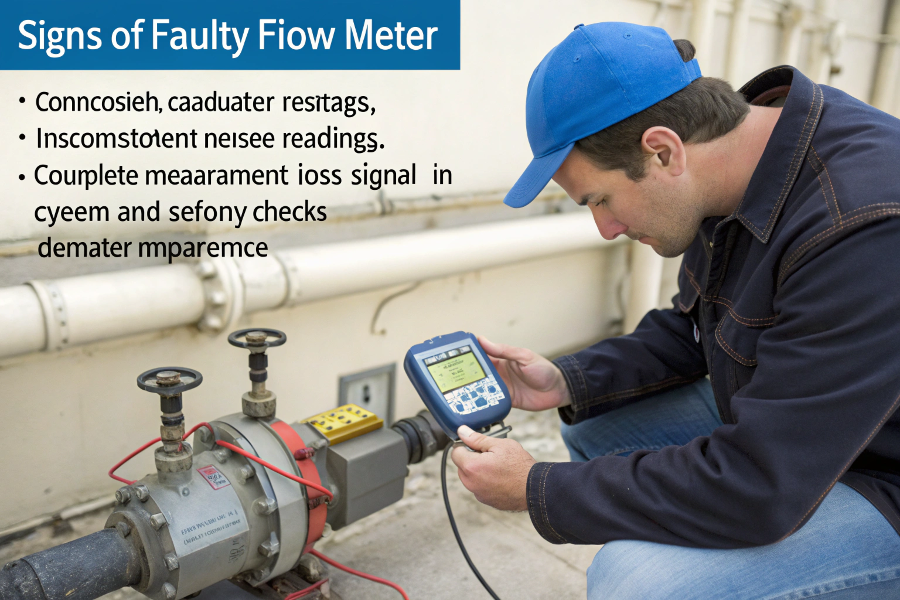
Flow Meter Warning Signs
When I encounter these issues in the field, I follow a systematic approach to verify meter condition:
Performance Indicators
- Accuracy deviation > 2%
- Erratic display readings
- No response to flow changes
- Unusual vibration or noise
Testing Methods
- Zero flow verification
- Comparative measurement
- Signal output analysis
- Physical inspection
These checks help determine whether repairs or replacement are needed, saving time and resources in the long run.
How Do You Troubleshoot a Flow Meter?
Systematic troubleshooting leads to efficient problem resolution.
Start with visual inspection for damage, verify power and wiring connections, check for blockages, and confirm proper installation orientation. Test signal output and compare readings with known flow rates. Document each step to track the troubleshooting process.
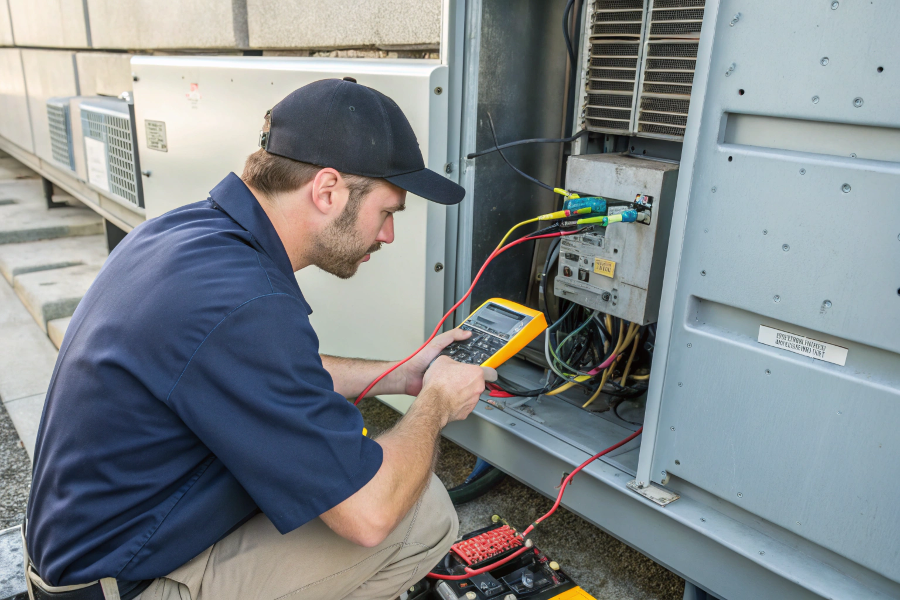
Systematic Problem Solving
Based on years of field experience, I recommend this troubleshooting sequence:
Step-by-Step Process
- Safety checks and power verification
- Visual inspection of meter components
- Signal testing and validation
- Flow condition assessment
- Calibration verification
Required Tools
- Multimeter
- Signal simulator
- Calibration equipment
- Cleaning supplies
- Documentation forms
This methodical approach ensures no potential issues are overlooked during diagnosis.
What Causes a Flowmeter to Malfunction?
Understanding failure sources enables preventive maintenance.
Common causes include mechanical wear, contamination, improper installation, power supply issues, and environmental factors. Process conditions like temperature extremes or chemical exposure can also lead to meter failure.
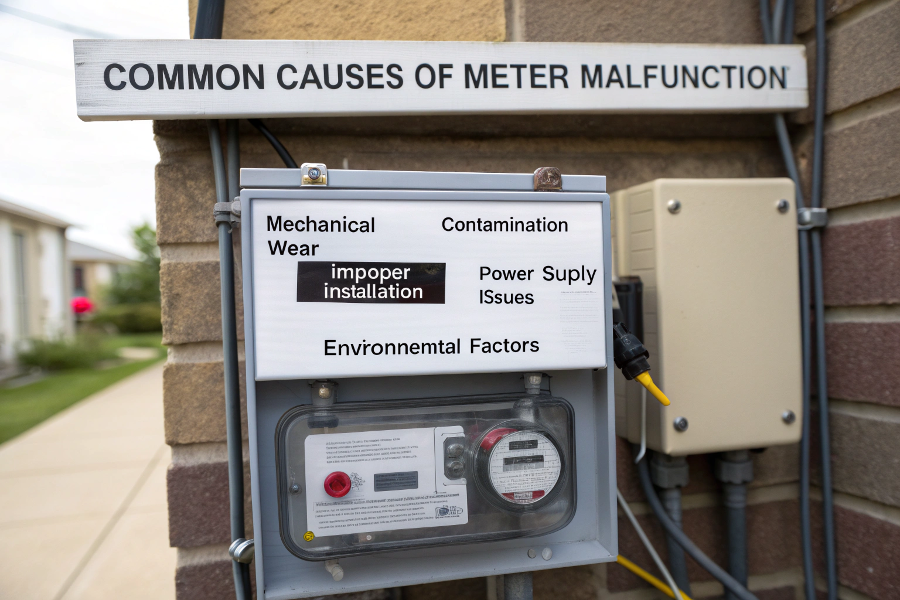
Common Failure Sources
From my experience, these are the primary factors affecting meter performance:
Internal Factors
- Bearing wear
- Rotor damage
- Sensor degradation
- Electronic component failure
External Factors
- Process fluid contamination
- Installation errors
- Environmental conditions
- Power supply fluctuations
Understanding these factors helps develop effective maintenance strategies.
What Are the Causes for Inaccurate Flow Measurement?
Accuracy issues often stem from multiple sources.
Inaccurate measurements can result from improper sizing, installation issues, process variations, or meter degradation. Environmental conditions, fluid properties, and calibration status also impact measurement accuracy.
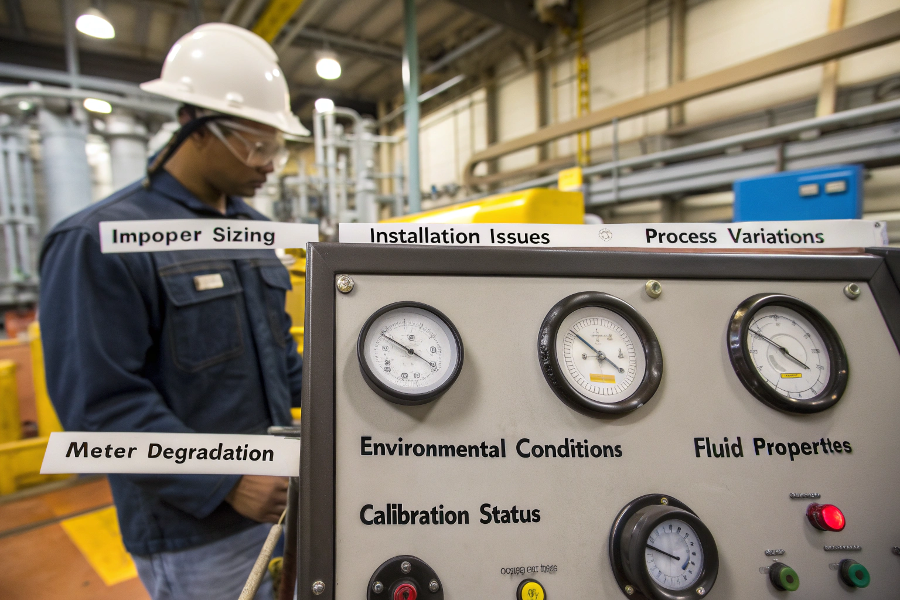
Measurement Accuracy Influences
Key factors affecting measurement accuracy include:
Technical Factors
- Flow profile disturbances
- Reynolds number variations
- Viscosity changes
- Temperature effects
Maintenance Factors
- Calibration frequency
- Cleaning procedures
- Component replacement
- Documentation accuracy
Regular monitoring and maintenance help maintain measurement accuracy within acceptable limits.
Conclusion
Successful turbine flow meter troubleshooting requires systematic evaluation of physical condition, electrical systems, and process variables. Regular maintenance and proper documentation ensure reliable operation and accurate measurements.
